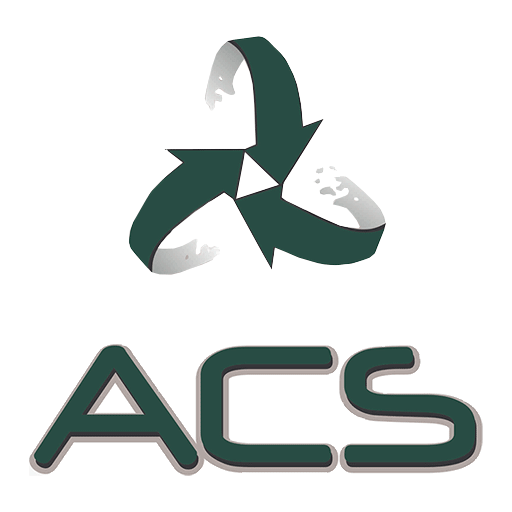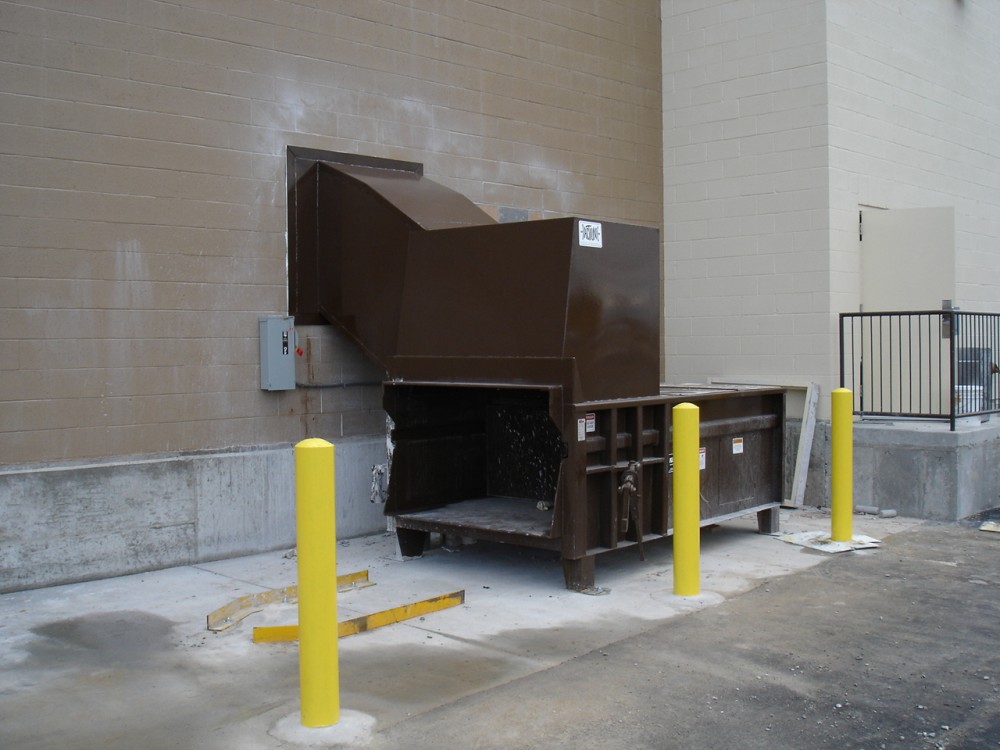Garbage is not a fantastic scene, especially while in your office space. You may require getting rid of the trash in one way or the other. Therefore, having an industrial trash compactor can be the best thing ever. They help you in reducing the volume of debris down to size for easy disposal. Waste management can be achieved if your recycling or trash compactor is in good working condition. However, there is a more complicated issue that is defined by the type of waste tossed into the machine. Having an efficient trash compactor is a vital part of the domestic, commercial, and industrial process of managing waste. It is, therefore, key to have a machine that will not delay the crushing of waste. The most traumatizing experience is having them get spoiled that they cease to function correctly. Trash compactor mechanical problems range from minor to major issues that may require technical repair from an expert, or one can fix them themselves. This article will look into trash compactor repair services from how they work, identify the problem, and give solutions to fix them. The article will, in detail, summarize the repair aspect that is specific and common across all types of trash compactors.
How Trash Compactors Function
If you decide to acquire one, it is vital to know how they work in managing waste. This typical appliance is used to compress recyclables and trash into small manageable bundles that can easily be handled and disposed of quickly. The trash compactors have an internal hydraulic ram that presses downwards or horizontally on the trash removing any air trapped within the debris by compaction. A ram is a large metal that is on the top of the garbage that compresses the trash. Trash Compactor comes in different brands and designs that are all used differently, but they typically use the same mechanism to compress the waste into disposable form. They also vary in ability and sizes. They typically have a unique capacity based on their design and brand. This also plays a role in determining the kind of wear that will be endured and specific maintenance services that are needed.
Trash Compactor Repair & Service
Machine downtimes are never clear. It’s never great to go to use something and it simply doesn’t work. Most of the problems occur when the operator is not using the trash compactor in the proper manner. Routine maintenance is recommended to eliminate massive future issues. Many companies specialized in providing these particular services and are equipped with the right tools and technicians to handle each emerging issue. Professionally, a commercial recycling or trash compactor should undergo service twice per year for it to be considered in good working condition. Often, corrections that might seem to be simple will save on long term costs.
What Should Go Inside A Trash Compactor?
Ultimately, the purpose of the trash compactor is to reduce the trash in sizable bundles for disposal. This does not suggest that every other item considered to be waste will be compacted by all compactors. Due to safety measures and other unique reasons, some things are prohibited from being compacted. One material would be anything that is considered to be an explosive. This should honestly go without saying. The argument is that they can quickly explode and damage the device and the person operating the compactor. Flammable objects (fall into the same category) should also not find their way into the machine. They can easily catch fire and wreck the compactor. Chemicals should also not be disposed of as they can corrode the internal parts and be hazardous to the operators. Other items that should not be put into the machines are glasses and woods since they can be dangerous and might jam the compactor. Not to mention, wood does not compact very easily. Failure to adhere to each machine’s requirements will likely lead to a breakdown which leads to the need for constant repair and maintenance.
Trash Compactor Maintenance & Services
As the old adage goes, prevention is better than a remedy. This saying also applies to heavy machinery like industrial trash compactors that are used routinely in waste management. The final blow is to have your machine fail and no longer function properly leaving you with heaps of recyclables or trash to deal with. Therefore, routine maintenance of trash compactors will reduce the risk of failure and breakdown. This maintenance can be achieved by having regular inspections by a qualified technician. In those inspections, the following should be checked:
- The over all structural integrity – The machine’s physical construction which includes wiper blades, ground anchors, and drag plates.
- Hydraulic system – The hydraulic system includes the cylinder shaft, operating pressure, oil level, hoses, and fittings.
- Electric control panel – Wiring should be checked together with switches and relays.
- Container credibility – this includes door hinges, latches, seals, and rollers.
- Warning lights – for safety reasons, emergency stops and critical systems should be checked.
- Overall Safety – the machine should always be in an excellent working condition safe for users. Therefore, safety standards should be given a priority.
Trash Compactor Maintenance Checklist
Routine maintenance and repair of the machine should be done procedurally with by following a basic checklist like the one below. The reason for this checklist is to ensure no mistakes are made in care for the compactor’s efficiency and effectiveness. The list includes:
- Problem identification – Talk with the customer to identify the problem.
- Diagnosis – identifying the specific problem that requires an address.
- Give A Quote – Give an general estimate for repair costs including estimated labor.
- Suggestions – Offer possible areas that the owner might consider focusing on first based on importance.
- Repair – Involves the physical work of mending and maintaining faulty parts of the machine.
Common Compactor Problems
Even though these devices are durable, that does not mean they don’t develop issues that require immediate service. Some of the most common issues that develop during usage are:
- Lid or door not opening or closing.
- Not compacting trash.
- Odor or smell coming from the system.
- The compactor is noisy all of a sudden.
- Trash compactor not working.
Requirements For Successful Trash Compactor Repair Service
Since many different companies manufacture the machines, replacement parts and fixing them vary from one compactor to another depending on the complexity and size. These parts can sometimes be sourced from local stores or needed to be supplied by the manufacturer. A lot of times, when it comes to fixing a compactor, they do seem to use similar or even the same parts across multiple different brands. Some tools you may need are:
- Multimeter
- Impact Gun
- Screwdrivers
- Wrench
- Socket set
Step by step dissembling of trash compactor for repair:
- Disconnecting the electric cable or power source by switching off the breaker.
- Unfastening the screws or brackets around the machine.
- Use wrenches to remove the side and top cover panels.
- Carefully remove the panel at the bottom.
- Carefully remove the covers protecting the motor, switches, and chain.
- Fix any possible issues as guided by the user manual or online guide.
Fixing Compactor Problems
To avoid future frustrations caused by machine damage or malfunction, fixing an issue is essential. It is worth noting that each machine is unique in its own right so it is important to follow user manual or manufactures guide. Compactor fixes include:
- Weird noises from the machine – While in poor condition, the trash compactor will start producing noises like squealing, banging, or whining sounds. This is an immediate red flag to check the drive gear. Another issue could be due to a faulty top limit switch. To solve the problem, first switch off the power and locate the drive gear by removing the bottom cover panel. Check for breakage of drive gears teeth and replace them if necessary. While in there, check the drive chain and the motor gear for issues. The chain should have the right tension with about half-inch deflection. Gears should also be lubricated before putting them back together. Alternatively, reach for the top limit switch and remove it from the machine. Using a multimeter, you can check for the switch condition if it has continuity or not to replace it. You can also check on the power nuts known as trunnion nuts, usually attached at the ram with screws. They may be stripped in the motor rotating course in the opposite direction hence producing thumping load noise.
- Trash compactor not starting – a machine that refuses to start may be experiencing problems with a directional switch, start switch or the drive motor itself. To solve the problem, you need to locate the start switch to ensure the switches’ contacts are free from corrosion and not damaged. You can use a multimeter to verify for the continuity of the start switch. Ensure that continuity is shown while activated and not when in rest mode. Alternatively, check the drive motor using the multimeter to confirm continuity in motor windings and centrifugal switches. Centrifugal switches readings should show no resistance, while the motor windings should have several resistance ohms. If a foot pedal turns on your machine, always ensure screws that are mounting the foot pedals are tight and ensure that the activator lever is in contact with the top switch.
- Ram getting stuck – on the event that the ram is stuck, the best way is to open the cover panel and inspect the drive gear. Adjust the chain appropriately to half-inch deflection and, where possible, lubricate. Alternatively, check the directional switch terminals to confirm continuity and ensure they are not closed or stuck open. However, if the ram is stuck on the top position, then you should look at the power nuts to see if they are damaged. Worn out or damaged nuts should be replaced and well lubricated before installing them into the machine. While working on the ram, it is important to be careful to not damage the directional switch by taping it since it’s fragile and easy to break.
- Trash compactor is not completing a cycle – The machine cannot sustain a complete cycle, the cycle selector should be inspected. It is found on the control panel and its wiring should be checked to find the terminal continuity. In case of no continuity, replacement should be considered. Alternatively, the drive motor could be the issue. Remove the cover panel to reach the drive motor for inspection or replacement.
- Door not opening or closing – When the compactor door doesn’t close or open, the issue is usually at the foot pedal or door rollers. A warped or damaged door requires sufficient lubrication. If it needs replacement, a socket is required to remove the hex nuts on the door’s frame.
Conclusion
Trash Compactor Repair Services are usually done to lengthen the service of the device. This repair goes a long way in guarding against extra expenses and interruptions during the machines’ downtimes. It is recommended that if you notice a fault or machine damage, you should get the machine checked by a qualified technician soon. While servicing or maintaining a compactor, you should do everything according to the user manual when it comes to technical problems and identifying sources of parts for replacements.



